India’s economy has been making headlines as its GDP growth rate surpasses that of China, sparking debates about the sustainability of this momentum and the real challenges behind Prime Minister Narendra Modi’s ambitious manufacturing push. The narrative of India as the next global manufacturing hub is gaining traction, fueled by the "China+1" strategy adopted by multinational corporations seeking to diversify supply chains. Yet, beneath the surface of these optimistic projections lies a complex web of structural hurdles, policy inconsistencies, and ground-level realities that could either propel India forward or leave its aspirations unfulfilled.
The Allure of India’s Growth Story
On paper, India’s economic trajectory appears unstoppable. With a GDP growth rate exceeding 7% in recent quarters, it has outpaced China, drawing comparisons to the early stages of China’s own economic rise. Modi’s government has aggressively marketed India as an attractive alternative for global manufacturers, leveraging its demographic dividend, a vast domestic market, and a series of policy incentives like the Production Linked Incentive (PLI) scheme. The "Make in India" campaign, launched in 2014, was designed to position the country as a global manufacturing powerhouse, echoing China’s playbook from the 1990s.
The "China+1" strategy, where companies look to establish production bases outside China while maintaining their existing operations there, has further buoyed India’s prospects. Giants like Apple, Samsung, and Foxconn have announced expansions in India, signaling a shift in global supply chains. This trend has been accelerated by geopolitical tensions, trade wars, and the pandemic-induced realization of over-reliance on a single manufacturing base.
The Ground Realities: Why the Path Isn’t Smooth
However, the gap between ambition and execution remains wide. While India has succeeded in attracting high-profile investments, the broader manufacturing ecosystem still lags behind. Infrastructure—roads, ports, and electricity—remains a significant bottleneck. Logistics costs in India are among the highest in the world, eroding the cost advantage that the country theoretically offers. Power shortages, though less frequent than in the past, continue to plague industrial zones, forcing factories to rely on expensive diesel generators.
Another critical challenge is the lack of a robust component supply chain. Unlike China, where factories can source most parts locally, Indian manufacturers often depend on imports, increasing costs and lead times. The electronics sector, for instance, still imports nearly 80% of its components, undermining the goal of self-reliance. This dependency not only makes production more expensive but also exposes industries to global supply chain disruptions.
Policy Flip-Flops and Regulatory Hurdles
Investors frequently cite policy unpredictability as a major concern. While Modi’s government has rolled out red carpets for foreign capital, abrupt changes in regulations—such as sudden tariff hikes or retrospective tax demands—have shaken confidence. The infamous retrospective tax case involving Vodafone, though resolved eventually, left a lasting scar on India’s investment climate. Similarly, the abrupt ban on certain agricultural exports or the frequent tweaking of import duties on electronics components create an environment of uncertainty.
Labor laws, despite recent reforms, remain a contentious issue. While the government has introduced flexible labor codes, their implementation across states is uneven. Land acquisition, another critical factor for manufacturing, is fraught with delays and disputes. Unlike China, where the state can swiftly allocate land for industrial use, India’s federal structure and strong property rights often lead to protracted legal battles, stalling projects for years.
The Human Capital Conundrum
India’s demographic dividend—a young and growing workforce—is often touted as its biggest advantage. Yet, the quality of labor remains a pressing issue. Despite producing millions of graduates annually, only a small fraction possess the technical skills required by modern manufacturing. Vocational training infrastructure is inadequate, and industry-academia collaboration is weak. This mismatch between education and employability forces companies to invest heavily in training, adding to operational costs.
Moreover, the informal sector still dominates India’s economy, with nearly 80% of employment falling outside formal labor protections. While this provides flexibility, it also means low productivity and limited access to social security for workers. Transitioning these workers into formal manufacturing jobs requires not just training but also a cultural shift in employment practices.
The China+1 Strategy: Not Just About India
While India is a beneficiary of the China+1 trend, it is not the only one. Southeast Asian nations like Vietnam, Thailand, and Indonesia have been equally aggressive in courting manufacturers. Vietnam, in particular, has emerged as a preferred destination for electronics and textiles, thanks to its stable policies, free trade agreements, and relatively efficient bureaucracy. Compared to these competitors, India’s advantages—such as its domestic market—are sometimes offset by its slower decision-making and infrastructural deficits.
Multinational corporations are also adopting a "China+N" approach rather than relying solely on one alternative. This means diversifying across multiple countries to mitigate risks. For India to capture a larger share of this shift, it needs to address its systemic issues with urgency. The competition isn’t just with China but with other emerging economies that are moving faster to capitalize on the global supply chain reorganization.
Can Modi’s Vision Overcome These Challenges?
Modi’s government is aware of these hurdles and has taken steps to address them. The National Infrastructure Pipeline, aimed at investing $1.4 trillion in infrastructure by 2025, is a step in the right direction. Similarly, the focus on improving ease of doing business—India’s rank in the World Bank’s index has improved significantly—reflects a commitment to reform. However, the real test lies in execution.
State-level coordination is crucial. Unlike China’s top-down approach, India’s federal system requires consensus among states, each with its own political and economic priorities. While some states like Maharashtra and Tamil Nadu have been proactive in attracting investments, others lag behind, creating uneven growth patterns. The success of Modi’s manufacturing ambitions hinges on whether these disparities can be bridged.
The next few years will be decisive. If India can streamline its policies, upgrade infrastructure, and skill its workforce effectively, it could indeed emerge as a credible alternative to China. But if the challenges persist, the current GDP growth numbers may prove to be a fleeting advantage rather than the foundation of a lasting economic transformation.
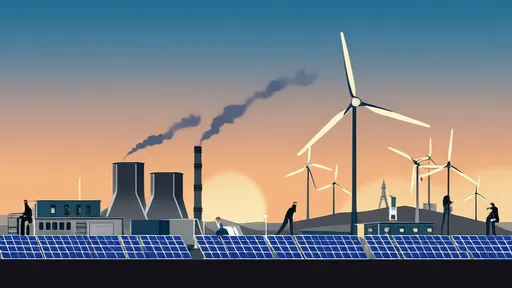
By /Jun 23, 2025
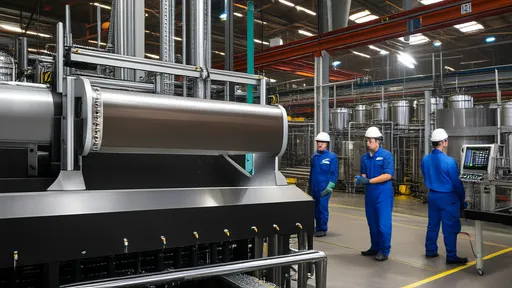
By /Jun 23, 2025
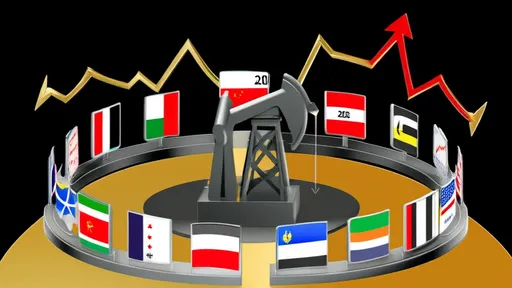
By /Jun 23, 2025

By /Jun 23, 2025

By /Jun 23, 2025

By /Jun 23, 2025
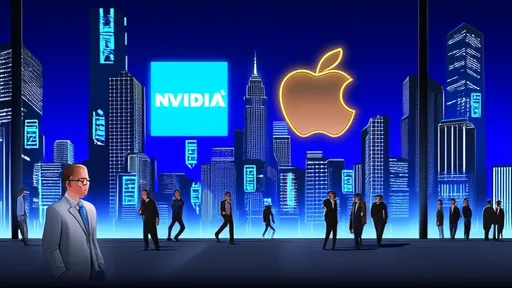
By /Jun 23, 2025

By /Jun 23, 2025
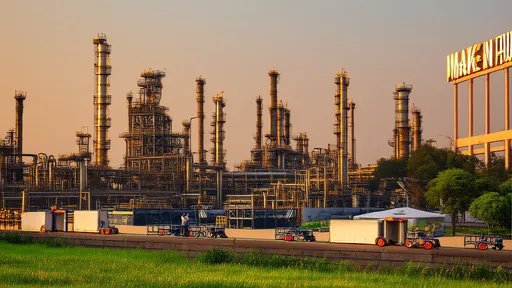
By /Jun 23, 2025
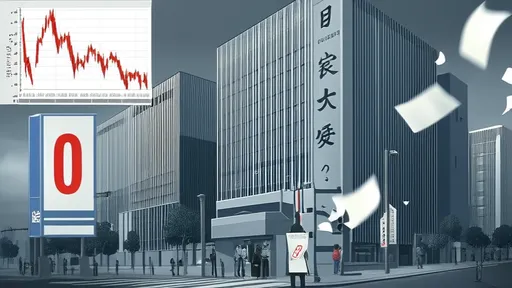
By /Jun 23, 2025
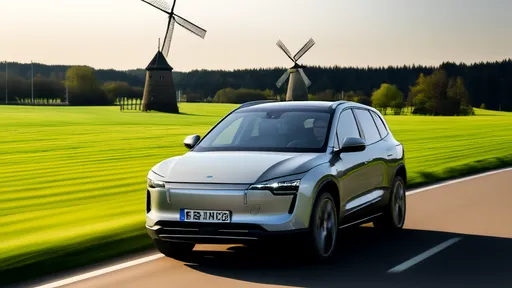
By /Jun 23, 2025
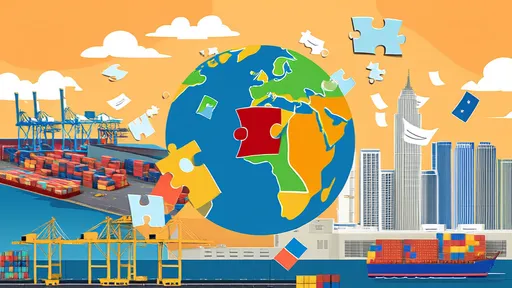
By /Jun 23, 2025

By /Jun 23, 2025

By /Jun 23, 2025

By /Jun 23, 2025

By /Jun 3, 2025

By /Jun 3, 2025